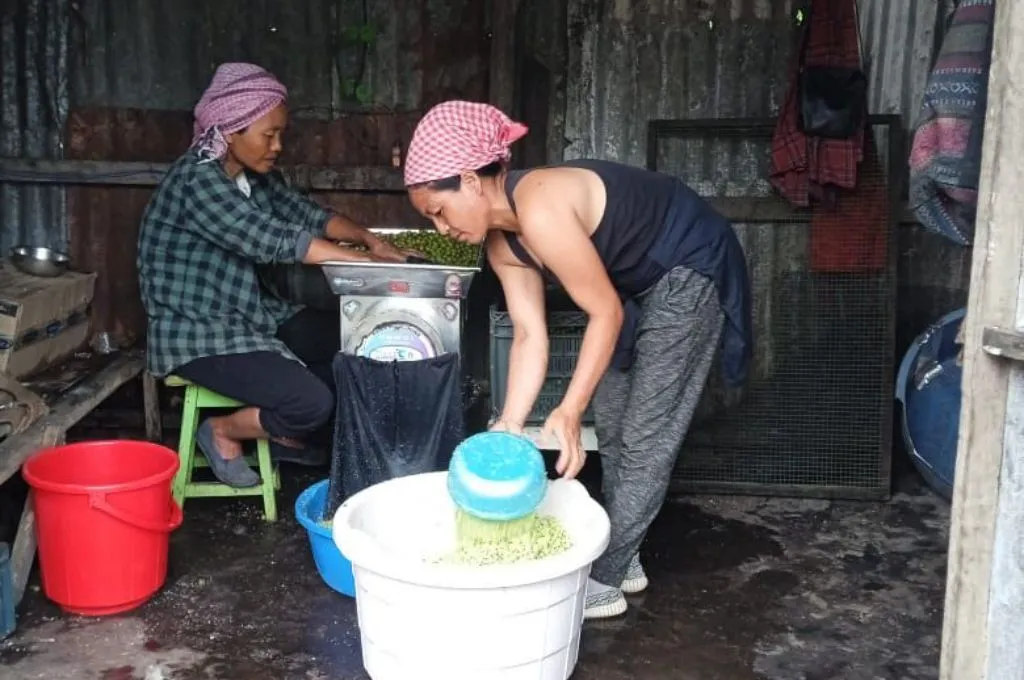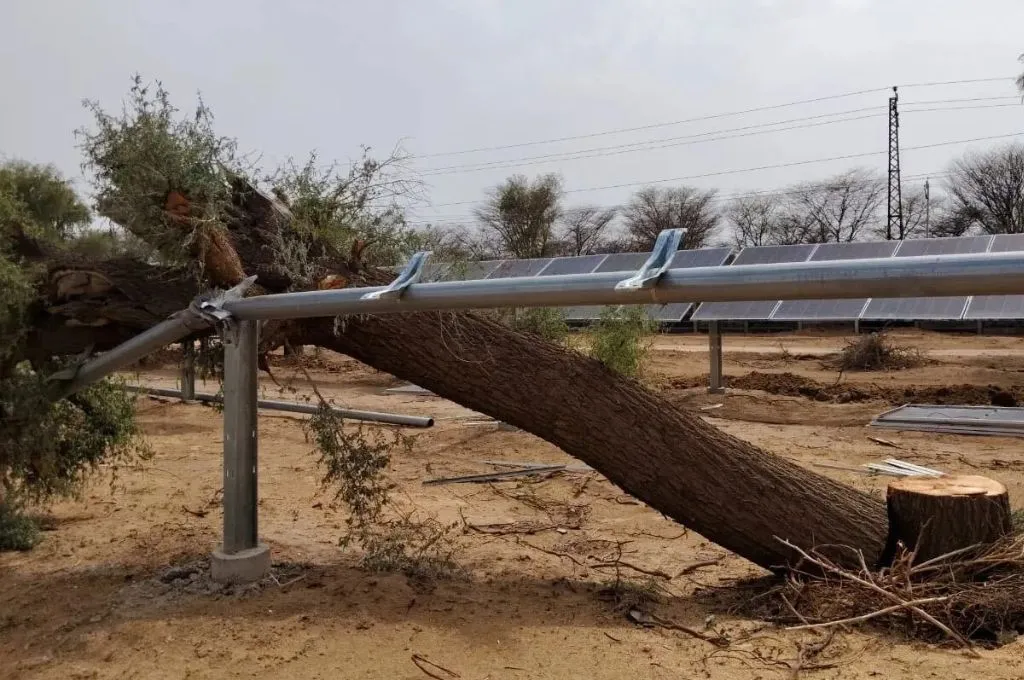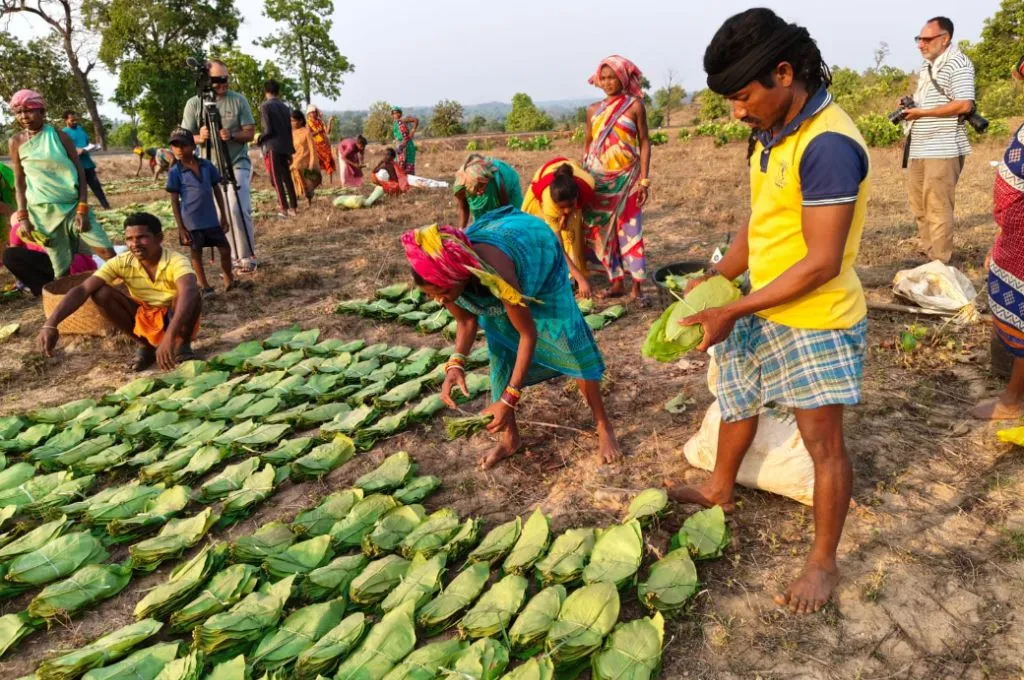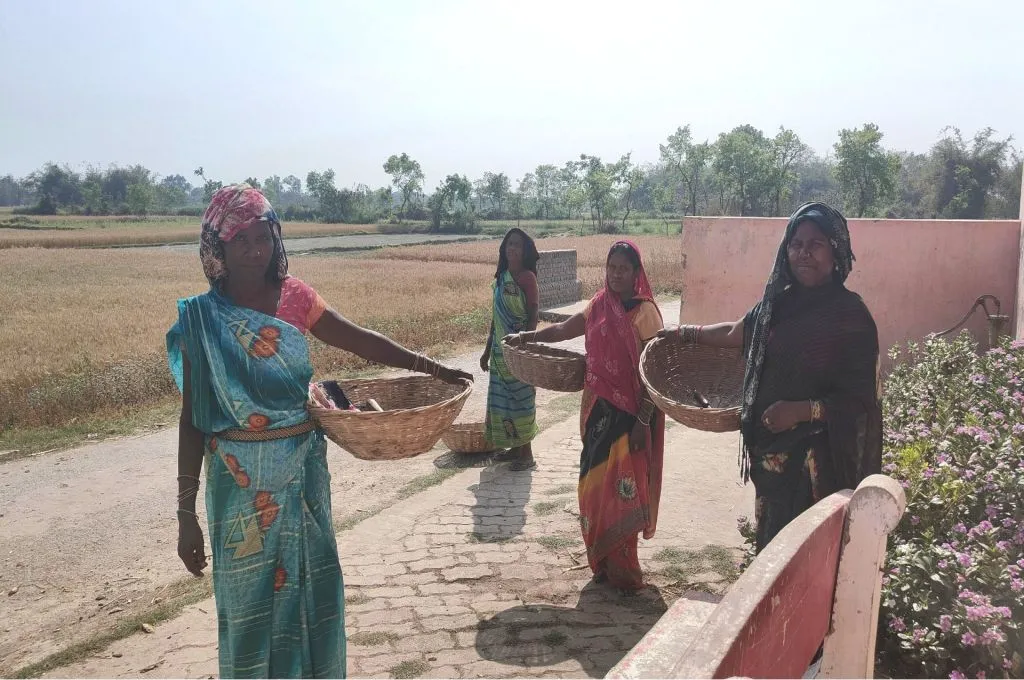READ THIS ARTICLE IN
Assam’s flood-stricken pastoralists save their animals first
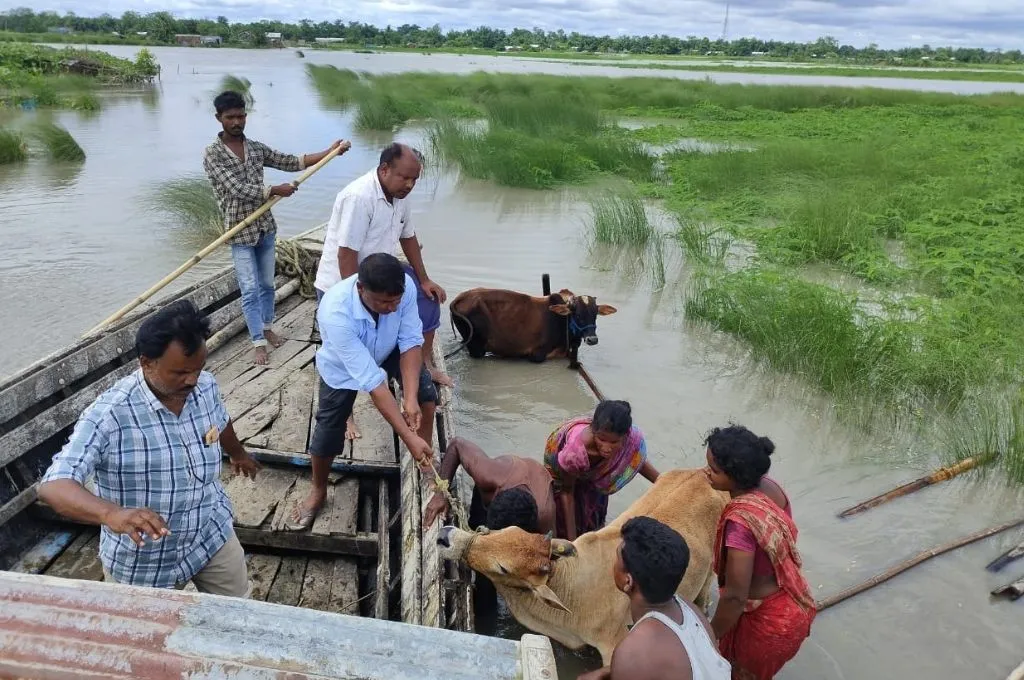
Nestled among the chars (river islands) of the Lower Brahmaputra Valley, Assam’s Barpeta and Dhubri districts are plagued by annual floods. Every year, more than 10 lakh people and 5 lakh animals are affected in these districts. However, despite the losses they have to bear, the pastoralist communities residing here remain tied to these lands and their animals.
During the floods in 2024, the disaster response team at Humane Society International/India was deployed to the river islands to provide urgent animal relief. It quickly became evident that the residents’ first priority was not their homes or belongings, but their animals. One community member said, “Our animals are everything to us. Our daily ration depends on them. When the floods come, we save them first because without them there is no future for our families.”
When the pastoralists lose their livestock, it has far-reaching consequences. Each loss results in a huge economic crisis, which cascades year after year with frequently occurring disasters. So, leaving the animals behind is not an option for them.
The remote geography and economic constraints hinder relocation efforts; people also don’t move if shelter isn’t provided for the animals. Many families simply cannot afford to move, and their pastoral lifestyle—rearing livestock and growing small amounts of grass for fodder and jute—is uniquely suited to the land they inhabit. However, the flood has repercussions on this as well. A pastoralist mentions, “When the water rises, the grass is gone, and what remains is covered in mud. Our animals can’t eat it and if they do, they get sick. We don’t have enough feed to keep them healthy. We do what we can.”
With each flood, the community must quickly shift to higher ground—to the remaining places above water level. People build temporary shelters for themselves and their animals using whatever local materials are available, such as bamboo, tarpaulins, and plastic sheets. These makeshift shelters become their home for months on end, with no electricity and a large number of mosquitoes. Families travel far to get fresh fodder and set up mosquito nets around their animals to protect them from diseases. “We build these shelters with whatever we find. The mosquitoes are unbearable, and there is no electricity. But we have no choice. We must protect our animals,” mentioned another pastoralist.
Relief efforts and the distribution of essential supplies are met with substantial difficulties, as flooded terrain and the lack of swift transportation methods hinder access to remote areas. Boats are the only means of connection to the mainland. So, when the water in the Brahmaputra river rises above danger levels, transportation to the mainland is cut off, leaving members of the river island communities and their animals stranded for a long period.
While the district administration does provide some feed for the livestock, it’s rarely enough to sustain the animals until fresh grass grows after the floodwaters recede. Moreover, limited veterinary services in remote areas leave many injured or sick animals untreated, and the post-flood conditions take a heavy toll on animals, often causing a surge in infections and diseases such as diarrhoea, leptospirosis, and skin infections. Without prompt treatment, animals may spread infections and/or die in the aftermath. And without sustained efforts, the annual floods will continue to erode not just their land, but also their resilience year after year.
Praveen S is the Manager of Disaster Preparedness and Response at Humane Society International/India (HSI/India).
—
Know more: Learn what kind of support Assam’s flood-prone districts require.
Do more: Connect with the author at psuresh@hsi.org to learn more about and support his work.
